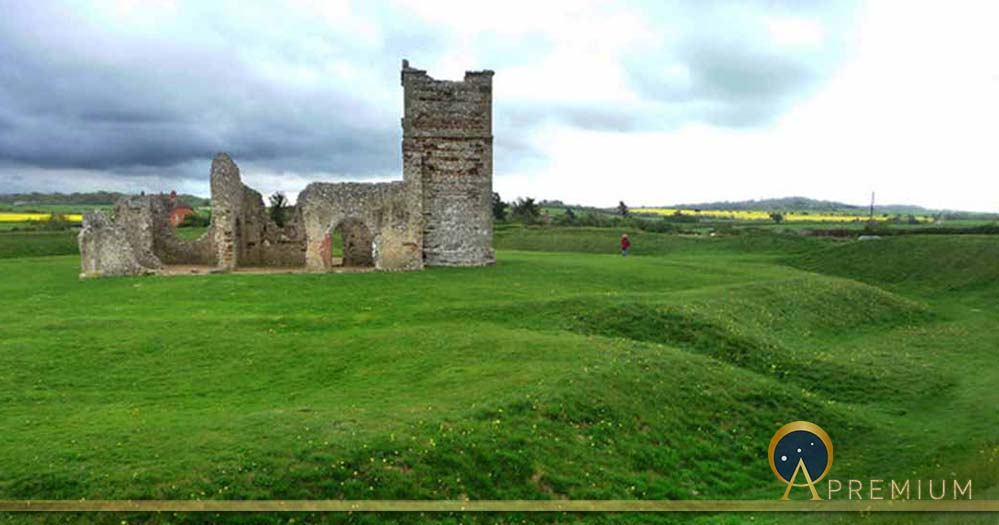Measuring Up The Mega And Mini-Henges Of Neolithic Britain
The dictionary description of a ‘henge’ as “ a circular area, often containing a circle of stones or sometimes wooden posts, dating from the Neolithic and Bronze Ages,” fails to depart that these circular or oval earthen enclosures dating from around 3000 BC to 2000 BC - the Neolithic or ‘new Stone Age and early Bronze Age - represent sacred spaces that served ancient British communities’ spiritual needs in the way modern churches, mosques and synagogues do today.
Essentially a ‘henge’ is a ditch that forms a sacred space with a defined center where order prevails, as opposed to the wild and unpredictable surrounding-outside world. Every henge is formed by a circular-shaped outer bank with an entry causeway crossing internal ditches, and many have multiple rings of this bank-and-ditch design. While countless thousands of these structures once peppered Neolithic Britain and Ireland, less than 100 survive today. According to Jim Leary in his 2016-paper Valley of the henges, contrary to most Neolithic sacred sites, which are often perched on the shoulders of hills, henge structures are mostly found on low-lying agricultural land beside rivers, such as the Maelmin Henge reconstruction in England’s Northumberland which features the so-called Milfield North Henge monument, located in a low-lying Neolithic agricultural zone.

The Maelmin Henge was reconstructed in 2000 using only the tools available to people 5,000 years ago. (CC BY-SA 2.0)
The Hidden Sacred Purpose Of Henges
In Britain, henges usually measure greater than 20 meters (66 feet) in diameter. When they were first identified in the early 19th century it was considered that they were defensive in nature, but because they feature internal ditches located behind outer banks, which is an awful defensive format, it is now generally accepted they were used for rituals and cult worship. This idea is supported in that most henges contain inner grottoes, timber and stone circles, and otherworldly artifacts are often recovered amidst deliberately smashed pottery at the center. A good example of ritual goings on within Neolithic henge monuments is to be found at Cairnpapple Hill, situated about three kilometers (two miles) north of Bathgate in southern central Scotland. At this site, not only was evidence of earlier cremations found, but also the deliberate smashing of pottery that predated the building of the henge enclosure. This means the actual location was already a traditional sacred site and that later users exemplified and immortalized it by digging a henge and building a huge stone burial cairn.
Like this Preview and want to read on? You can! JOIN US THERE ( with easy, instant access ) and see what you’re missing!! All Premium articles are available in full, with immediate access.
For the price of a cup of coffee, you get this and all the other great benefits at Ancient Origins Premium. And - each time you support AO Premium, you support independent thought and writing.
Ashley Cowie is a Scottish historian, author and documentary filmmaker presenting original perspectives on historical problems, in accessible and exciting ways. His books, articles and television shows explore lost cultures and kingdoms, ancient crafts and artifacts, symbols and architecture, myths and legends telling thought-provoking stories which together offer insights into our shared social history. www.ashleycowie.com.
Top Image: Remains of Knowlton church and henge (CC BY-SA 2.0)
By: Ashley Cowie




















Comments
Henges are just the remaining load-bearning columns that held up the massive timber roofs, which were long burned down or decayed to dirt. Large draft animals, possibly Mammaths, were probably used to move and erect the large stones. Of course, this would have been pre-Ice Age.
Nobody gets paid to tell the truth.
As we look at the henges from our cultural paradigm, we will never know their use. We can be (almost) sure that all current theories are not the realty.